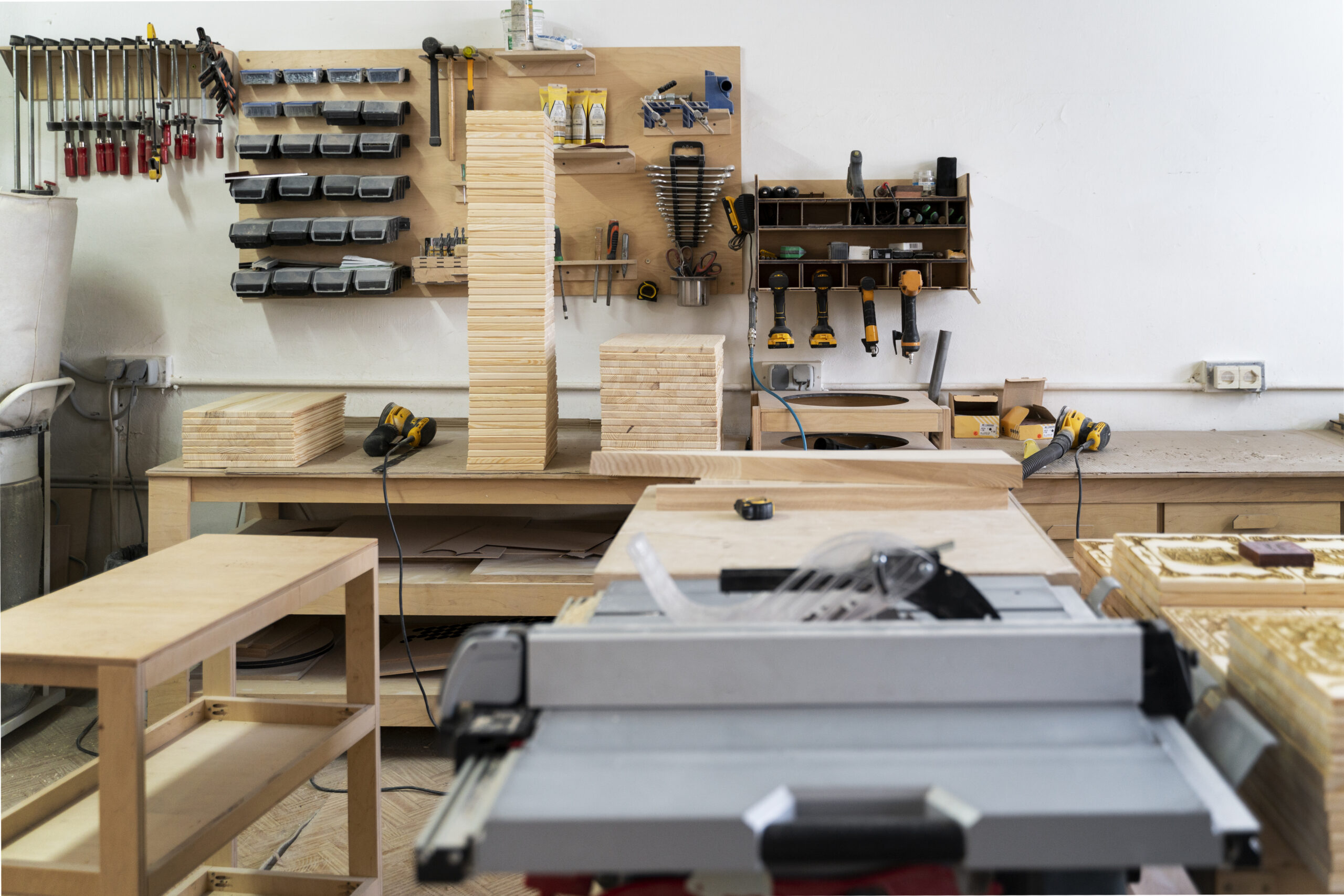The Historical and Economic Perspective of a Quarter’s Worth
A quarter, worth 25 cents, is a significant piece of the United States currency system. It is one-fourth of a dollar and has a rich history that reflects the evolving economic landscape of America. Understanding the quarter’s worth involves exploring its monetary value, historical context, and its significance beyond mere currency.
History of the Quarter
The United States Mint released the first quarters in 1796. The initial motivation was to provide a practical denomination between the nickel and the half dollar. Designed by Robert Scot, these first quarters featured the image of Lady Liberty on the obverse and an eagle on the reverse. Early quarters were made of silver, aligning with the Coinage Act of 1792, which stipulated their composition.
Over time, quarters underwent numerous changes in design and materials. The Seated Liberty design replaced Lady Liberty in 1838, remaining until 1891. Other designs followed, with the most iconic being the Washington quarter introduced in 1932. This design commemorated the 200th birthday of George Washington and remains widely recognized today.
Material Composition and Changes Over Time
Initially, quarters were composed of 90% silver and 10% copper. This lasted until the Coinage Act of 1965, which responded to a silver shortage and rising prices. The act reduced the silver content, replacing it with a copper-nickel clad composition. The core is pure copper, with surrounding layers of nickel-copper, which continues to this day.
The shift from silver to a predominantly copper-nickel composition was significant. It represented a practical response to economic conditions, ensuring the quarter remained viable in large scale circulation. Despite the loss of intrinsic metal value, the quarter retained its purchasing power due to trust in fiat currency.
The Role of the Quarter in Modern Transactions
In daily transactions, the quarter is a staple. Its size and value make it ideal for vending machines, parking meters, and laundromats. Quarters provide a convenient way to handle small transactions, often used where electronic payments are less feasible.
- Vending Machines: Introduced in the late 19th century, vending machines readily accept quarters, facilitating quick and easy purchases of small items.
- Parking Meters: Quarters have long been synonymous with parking meters, allowing drivers to purchase small increments of time.
- Laundromats: Many laundromats prefer quarters, making the coin’s availability crucial for customers needing to complete laundry loads.
Despite the rise of digital payments and credit cards, quarters remain relevant. They symbolize a tangible way to manage and budget small expenses, a commonality in American life.
Numismatic and Collectible Value
Beyond face value, quarters can hold significant interest for collectors. Varieties and errors can make some quarters worth more than others. Coins from specific mints, rare minting errors, or limited edition releases can command high prices in the collectibles market.
One famous series is the 50 State Quarters program. Between 1999 and 2008, quarters were issued to honor each U.S. state. These commemoratives sparked widespread public interest and introduced many to the hobby of coin collecting.
Economic Implications of Coin Production
The production of quarters involves significant resources. The U.S. Mint is responsible for striking billions of quarters annually. This ensures an adequate supply for commerce and circulation. The mint considers both material costs and production efficiency, aiming to balance budget concerns with reliable distribution.
Each quarter costs a few cents to produce, slightly more than its face value. However, seigniorage—profit from coin production—offsets these costs. While it may seem negligible per coin, the profits from minting quarters contribute significantly to government revenue over time.
Philosophical and Cultural Importance
Quarters are more than currency. They hold cultural significance, representing aspects of American identity. Each design change and commemorative release reflects societal values, history, and progress. By examining quarters, one can gain insight into what aspects of culture and history Americans choose to memorialize.
For instance, the portraits and symbols depicted on quarters tell stories of presidential legacies, state pride, and historical milestones. Quarters circulate these stories within society, making them accessible to everyday people.
Lessons from the Quarter
Examining the quarter reveals lessons in economics, history, and cultural identity. Its transformation over time mirrors broader economic forces, like fluctuations in raw material markets and monetary policy adjustments.
Consider the quarter as both a tool for understanding macroeconomic principles and a reflection of society’s changing values. As the means of commerce evolve, the importance of physical currency may wane. Nevertheless, the quarter’s historical and cultural imprint ensures its continued fascination.
